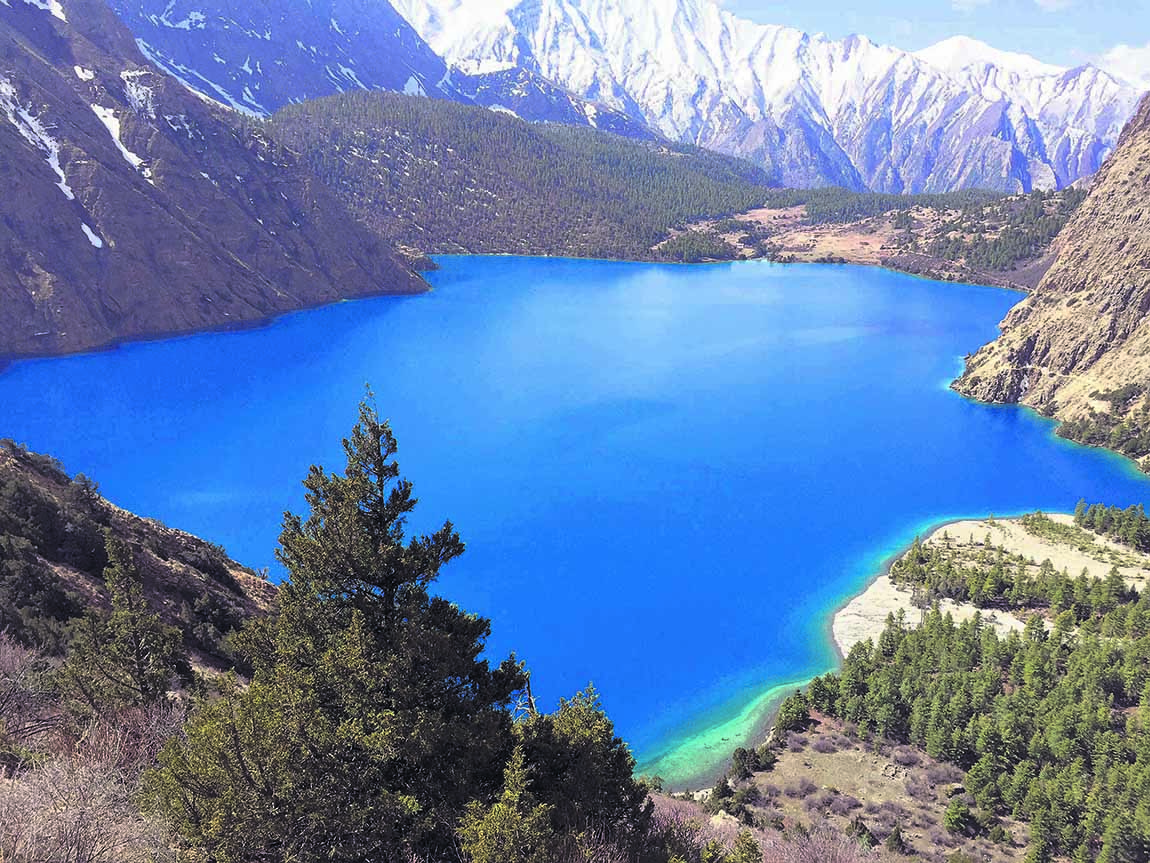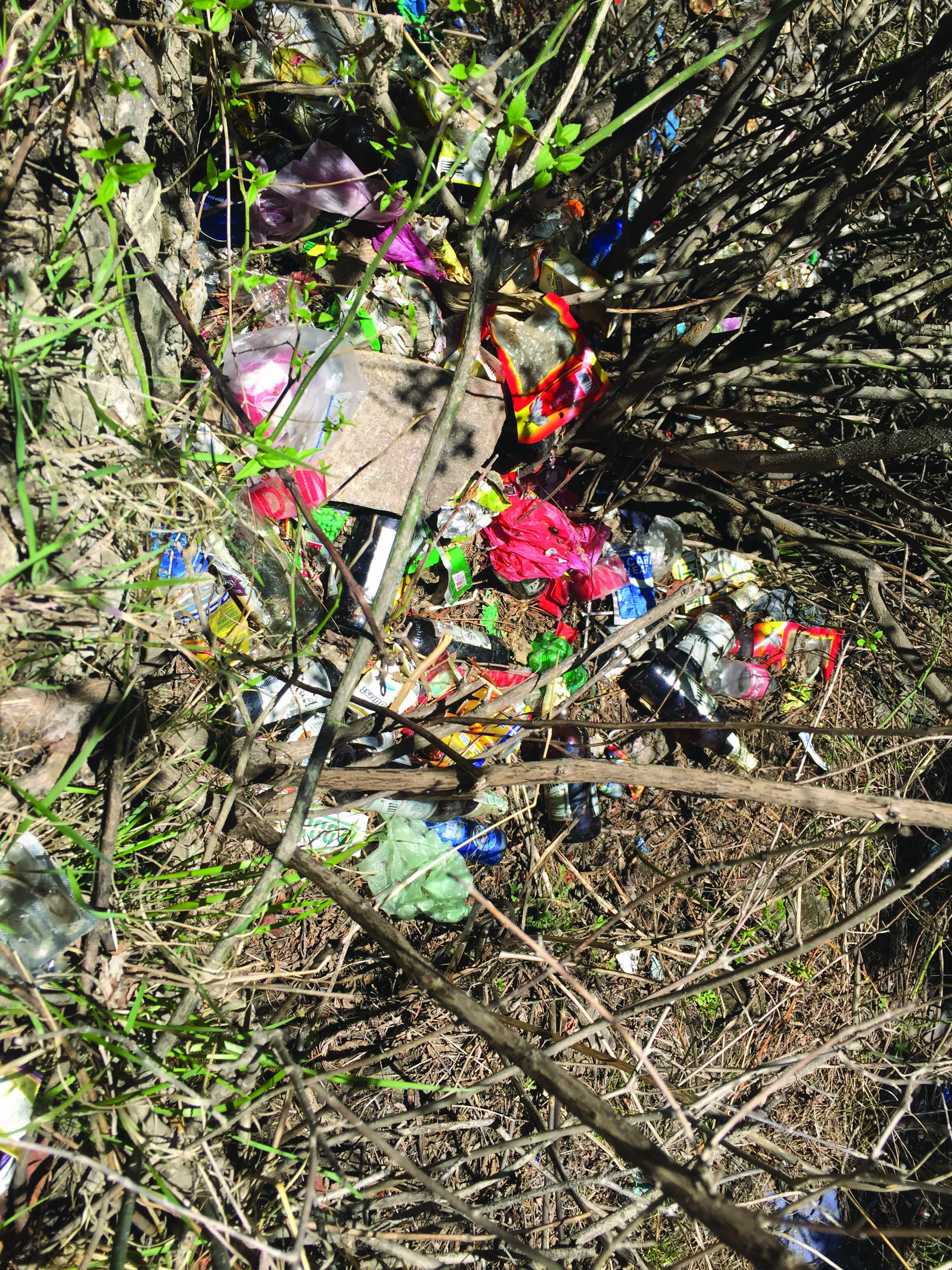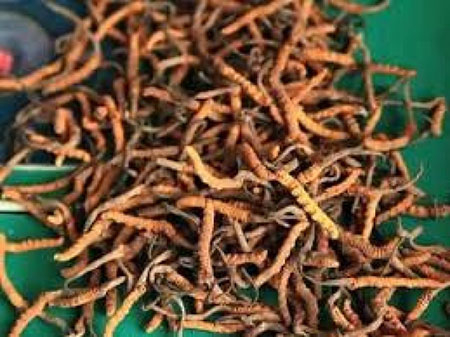
OR
Shey Phoksundo Lake rapidly being polluted by visitor's garbage
Published On: May 9, 2019 08:30 AM NPT By: Subodh Gautam

DOLPA, May 9: Shey Phoksundo Lake of Dolpa, which mesmerizes any visitor with its deep blue water, freshness and beauty, is fast losing its form. In the lack of conservation efforts, soil erosion and dumping of wastes by yarshagumba collectors, among others, this precious lake's beauty is now perceived to be under serious threat.
"The lake is very wide, and though you cannot figure out how it is getting polluted, its water is not fresh as it was earlier. Visitors have been dumping garbage in its vicinity," said Lotai Lama, a member of Thasung Chhorling Gumba located on the eastern side of the lake. "People who come to collect yarshagumba dumb a lot of garbage in the area. Along with them, tourists have also been adding to the pollution and making the lake dirty."
Every year, thousands of people including women and children throng to these areas for collecting yarshagumba. And dump hazardous, non-decomposable waste during their stay, leaving behind heaps of garbage.
The lake, situated at an altitude of 3,635 meters above the sea level, is fed by water running down the hills and mountains above it. Yarshaguma, a caterpillar herb, which sells for a very high price, is found in similar high altitudes in Dolpa. Every year, thousands of people including women and children throng to these areas for collecting yarshagumba. And dump hazardous, non-decomposable waste during their stay, leaving behind heaps of garbage.
"Nobody cleans the wastes. Visitors and yarsha collectors are only making the area dirtier every year," Lama said. "The water of the lake, whose color is presently like dark ink, will someday change to something horrible."
Though the color of the water in the middle of the lake is blue, it is green in its shores. It looks like somebody has laid a green sheet on its banks. The lake has been a great tourist attraction. There are some significant viewpoints where visitors are taken for a better view of its beauty.
"But you can also see how the lake is now getting polluted by garbage. It is unfortunate to see such irresponsible behavior from the visitors," Lama noted.
One can understand what Lama is referring to if they tour the area for a few hours. A river formed out of the water running through the lake's stream – Phoksundo stream – looks muddy. Until a few years ago, it was not so.
"When we were kids, this place was pristine. Even until later, it was perfect. Since around a decade, garbage has been gradually dumped here, and the area is now polluted like never before," stated another local of Dolpa, Rabi Lama. "If serious attention is not given, we will lose this wonderful asset. Authorities concerned should stop people from collecting yarshagumba in this area."
During the trip for yarshagumba collection, the collectors stay in the high altitude areas for around two months. However, they do not pay attention to waste management during their stay.
"Human wastes, food wrappers, old clothes, shoes, bottles of alcoholic drinks and even plastic toys are dumped haphazardly. When it rains, all these garbage is washed down and dumped into the lake," Rabi explained. "Apart from that, debris from landslide above the lake is also accumulated into the lake."
Water Resource Management Expert, Ang Bahadur Lama, meanwhile stated that the lake is being buried both due to human and environmental causes. While humans activities are directly responsible for the accumulation of garbage in the lake, landslides and harsh weathers are affecting it, too.
"The climate pattern seems to have changed; we are experiencing harsh weathers these days. This puts natural resources under threat in one or the other way," said Ang Bahadur. "Landslides and imbalance in water flow from the mountains can be noticed. On the other hand, people are not sensitive towards waste management; they have littered the lake," he added.
According to Ang Bahadur, the Phoksundo stream is a testimony to the fast deteriorating condition of the lake. The river formed out of the stream water, which is called Phoksundo river, washes down wastes from several areas and accumulates it into the lake.
"Every monsoon, the river brings waste materials, stones, mud, and timbers in huge quantity. Such materials are dumped into the lake even from Gagar river. The accumulation of these materials into the lake has been making the lake shallow," Ang Bahadur stated. He said that the volume of the water in the lake is gradually decreasing over the years while stating that there has been no research into the issue to back the claim. "We don't know how much water the lake is losing every year. There is a need to research the issue while also taking concrete action to conserve it."
Rigjin Aadgyal Budha, the chairperson of Phoksundo Lake Conservation Committee, accused the government of being negligent towards the issue. Citing a government study that shows the depth of the lake only 145 meters in 2004, Budha questioned the research itself. "We always believed that depth of the lake is 650 meters. But in 2004, the government came up with different fact. We are not satisfied with it," he said. He did not like to speak much on the mushrooming hotels around the lake which are also being considered a huge source of pollution at the lake.
Following the controversy over the depth, the government has planned to measure it again. According to Budha, locals are waiting for the next measurement.
Neema Lama, president of the ward number eight of Shey Phoksundo Rural Municipality and a hotel entrepreneur, meanwhile stated that the wastes released by hotels are dumped in holes. "We are trying to find a permanent solution for dumping wastes coming out of the hotels," he said.

You May Like This

Amazon confirms two employees in Italy have contracted coronavirus
WASHINGTON, March 2: Amazon.com Inc said late on Sunday that two employees in Milan, Italy, have contracted the coronavirus and... Read More...

Eight Yarsa pickers have died in Dolpa this season so far
DOLPA, June 7: A week after the reported deaths of five Yarsa pickers in the highlands of Dolpa, three more people... Read More...

20 Yarsha smugglers caught with 150 pieces of Yarsha, Rs 281,000 in cash
DOLPA, May 18: Twenty Yarsha smugglers, who had illegally entered a Yarsha-rich area in the mountainous Dolpa district, have been arrested... Read More...











Just In
- Challenges Confronting the New Coalition
- NRB introduces cautiously flexible measures to address ongoing slowdown in various economic sectors
- Forced Covid-19 cremations: is it too late for redemption?
- NRB to provide collateral-free loans to foreign employment seekers
- NEB to publish Grade 12 results next week
- Body handover begins; Relatives remain dissatisfied with insurance, compensation amount
- NC defers its plan to join Koshi govt
- NRB to review microfinance loan interest rate







Leave A Comment